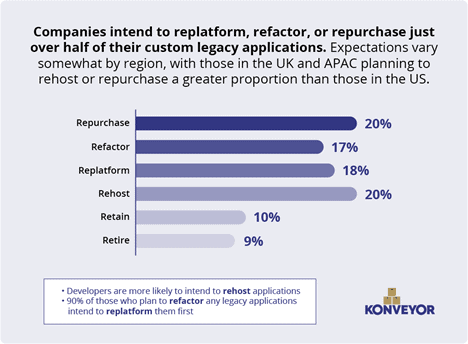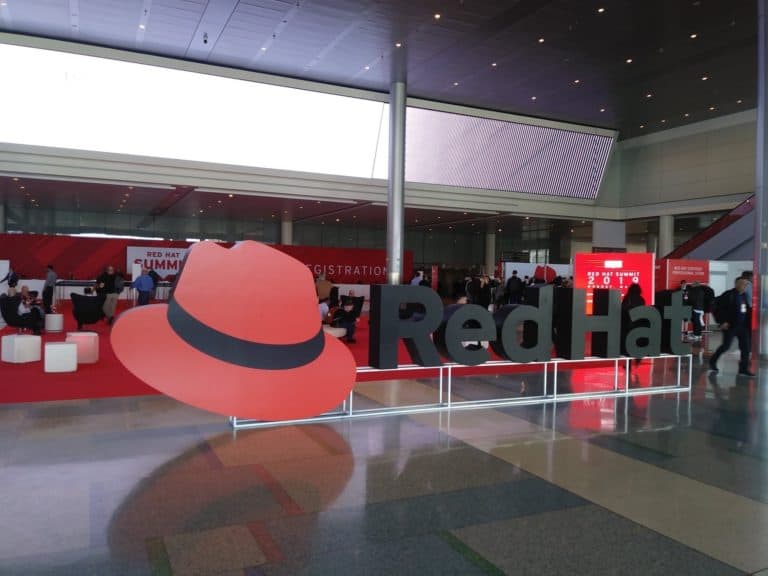Red Hat examined the approach that developers take in transformation applications for hybrid cloud environments. In addition, the organization launched StackRox, an open-source version of Red Hat Advanced Cluster Security for Kubernetes.
Red Hat shared the news at KubeCon 2022, the Cloud Native Infrastructure Foundation’s annual conference. Techzine is on location in Valencia, Spain. Check out this page for an overview of the most important news.
First of all, StackRox is now available on GitHub. The solution is an open-source version of Red Hat Advanced Cluster Security for Kubernetes, a security platform for Kubernetes clusters. Red Hat publicly published the platform to contribute to the Cloud Native Computing Foundation (CNCF).
In addition to the CNFC, Red Hat regularly contributes to Konveyer, a community of developers helping others modernize their apps. Hence, Red Hat sponsored a study on the ways in which developers tackle app transformations for hybrid cloud environments.
Reasons for cloud transformations
The researchers asked hundreds of IT decision-makers, backend developers and software architects about their reasons and methods for modernizing apps. The majority indicated that their organization plans to modernize all custom apps within a year. A mere 20 percent is looking at a timeframe of more than two years. The most common reasons are reliability, scalability and security. Though cost reduction was mentioned, it’s far from a driving force.
Methods for cloud transformations
The reasons correspond to a recent study by Nutanix. Large cloud organizations regularly examine the motivation of potential customers. Research into the methods for transformations is rarer. In this regard, Red Hat’s survey stands out. The image below shows the approach that organizations have in mind.

One in five wants to repurchase their applications, which makes a transformation unnecessary. 17 percent opt for refactoring, whereby an application is completely converted to a cloud-native version. For example, by containerising workloads, or executing functions via infrastructure-as-code solutions such as AWS Lamda and Oracle Functions.
Tackle and Move2Kube
Red Hat emphasizes that Konveyer’s projects can help refactor applications. As mentioned earlier, Konveyer is a community of developers helping others modernize apps. The community maintains various open-source solutions, including Tackle. Tackle is a set of multiple tools for transforming legacy apps to Kubernetes.
Move2Kube, another solution from Konveyer, assists in replatforming applications. 18 percent of respondents choose this approach. Replatforming is all about transforming operating systems, databases and other components. Essentially, everything but the application itself. As a result, applications are supported in the cloud without having to be rewritten. Move2Kube allows organizations to migrate container orchestration platforms to Kubernetes, a common form of replatforming.
Forklift and Crane
Finally, Konveyer maintains two solutions for rehosting applications: Forklift and Crane. One in five respondents chooses this approach, wherein applications are copied to the cloud with as few modifications as possible. Rehosting is also known as ‘lift and shift’, a term regularly used when organizations were transforming from bare metal to virtual machines. Forklift, one of the two aforementioned solutions, helps migrate virtual machines to Kubernetes.
Crane, the second solution, allows applications to move between Kubernetes clusters. The latter is necessary when an organization switches to a new version of Kubernetes. Clusters with an older version aren’t supported in the new environment. Crane assists in the migration.
